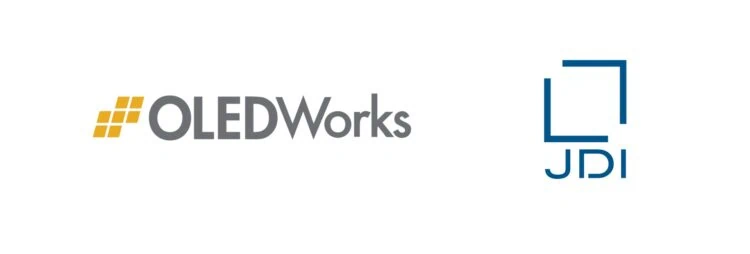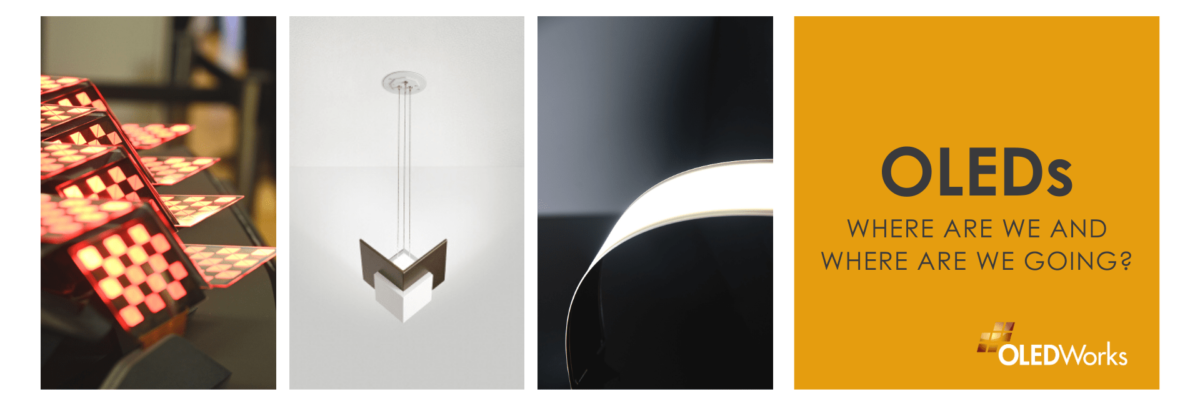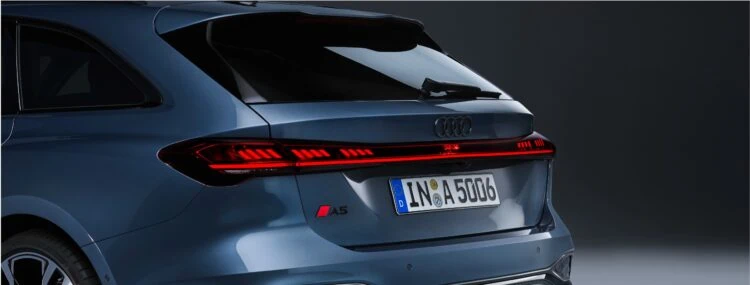
Originally published at EdisonReport
Michael Boroson, CTO and Co-Founder of OLEDWorks, and Mark Taylor of Corning sat down with Randy Reid of the National Lighting Bureau (NLB) to discuss the evolution of OLED technology into a viable lighting option. They covered topics ranging from how OLEDs can be used in hotels, the health benefits of OLED lighting, and more.
It’s time to take a new look at OLED technology. A few years ago, the efficiency of OLED technology was 45 lumens per watt. Today they clock in at a very respectable 85 lumens per watt at the source level. Because there are no phosphors or heat sinks, there is essentially no loss between the source and the luminaire. With the lack of heat and glare, OLED light can be closer to people — which is a real game changer.
One of the biggest problems in acceptance of OLEDs is awareness and at the NLB, we are doing our part. At our Annual Lighting Forum, two experts explain OLED technology in layman’s terms. Randy Reid, the NLB Executive Director and Editor of the EdisonReport moderated the panel. The experts were Mark Taylor of Corning and Michael Boroson of OLEDworks.
Key takeaways from the interview include:
- Efficiencies are up and costs are down, and OLEDs are being specified in more mainstream applications
- The lifetime of OLEDs is now rated at 100,000 hours, which is another successful metric in helping this technology be adopted in general lighting
- [OLEDs] clock in at a very respectable 85 lumens per watt at the source level. Because there are no phosphors or heat sinks, there is essentially no loss between the source and the luminaire
- There is no blue hazard and no UV, making them circadian rhythm friendly


